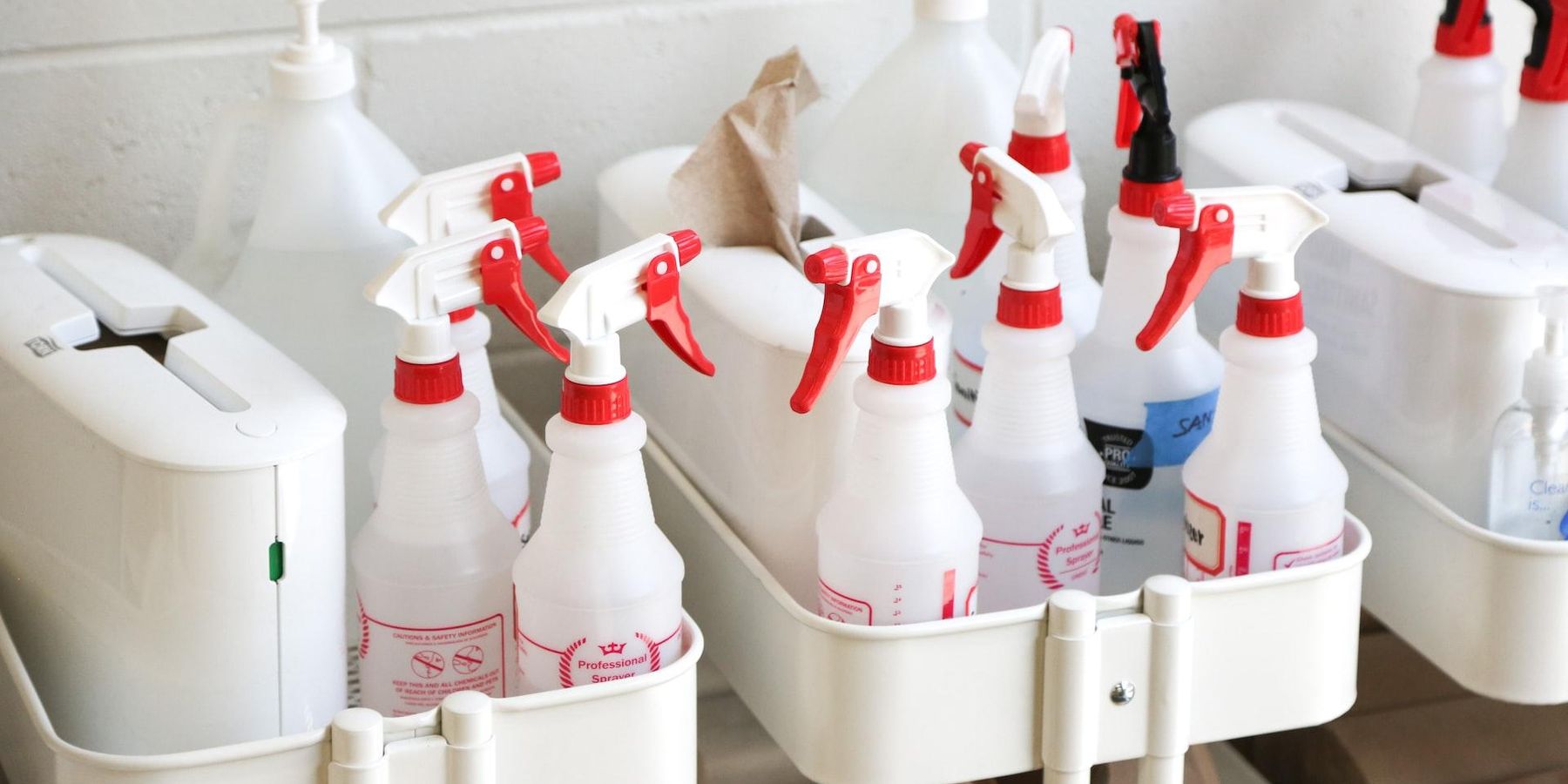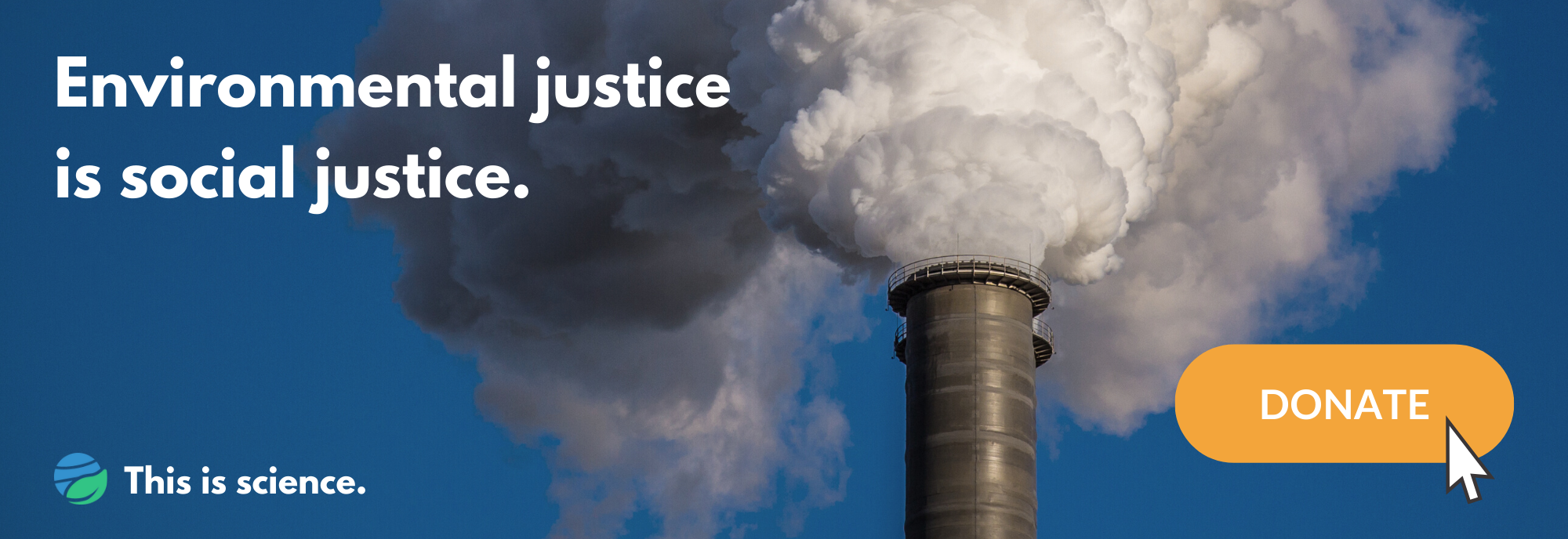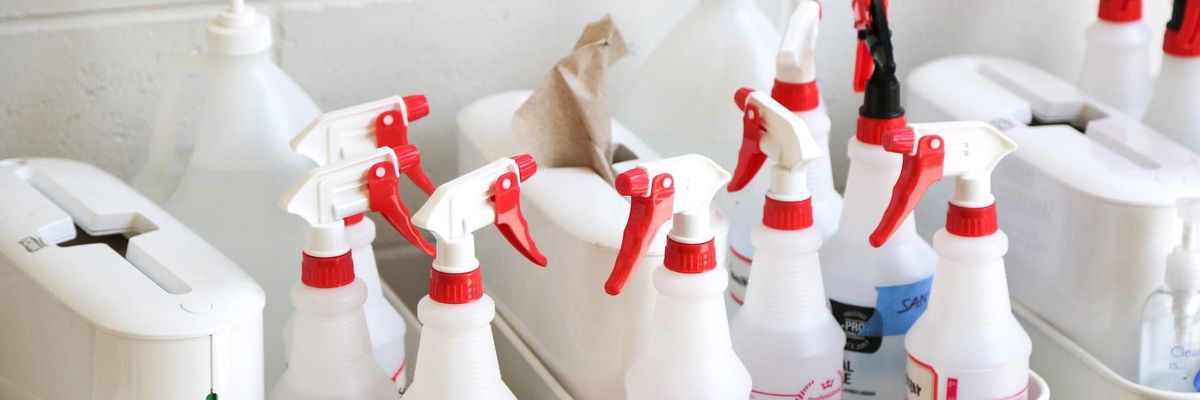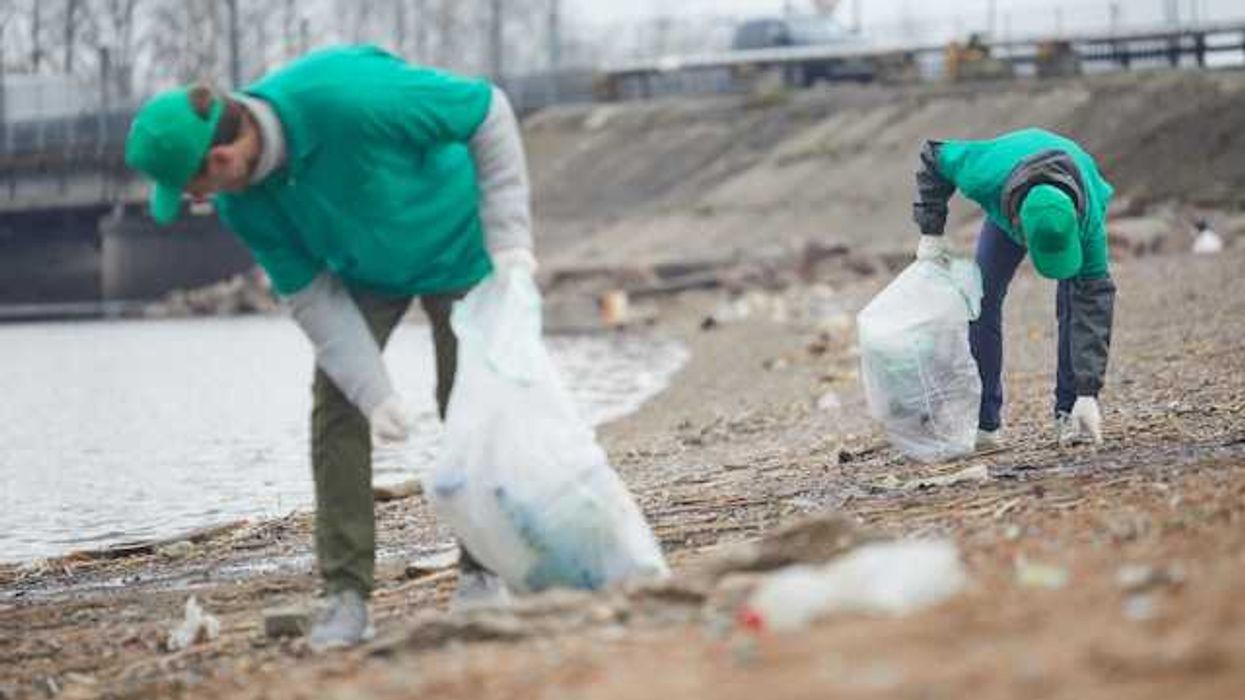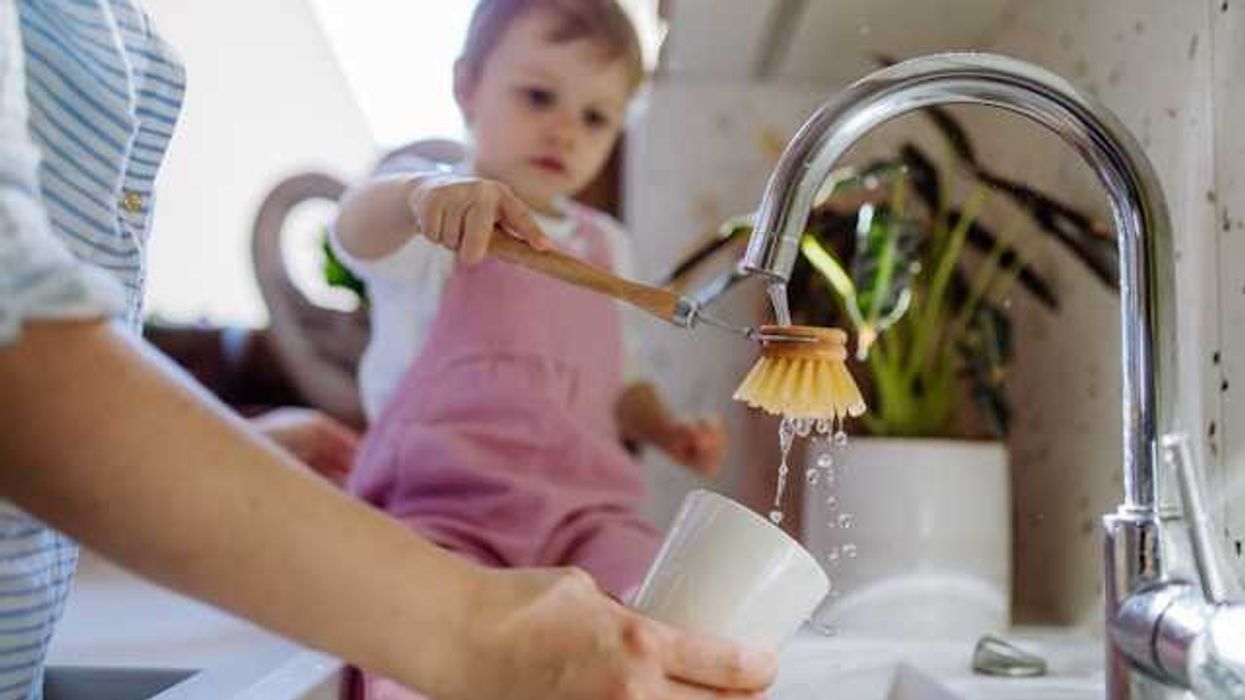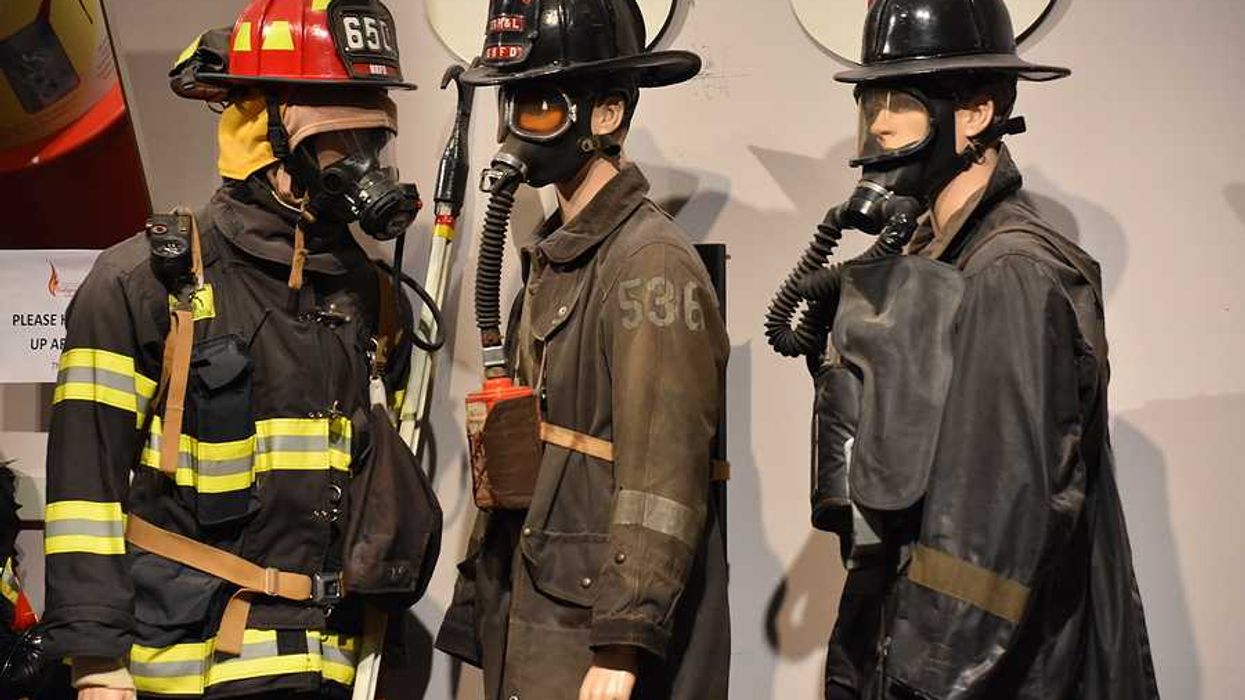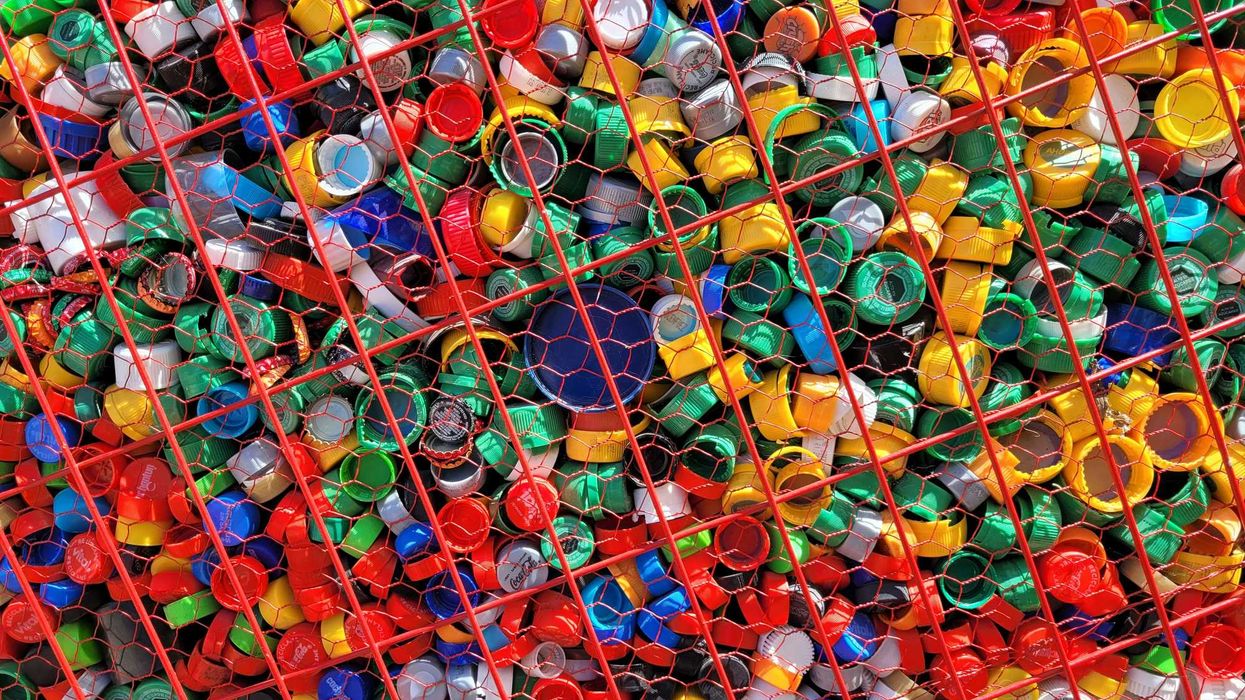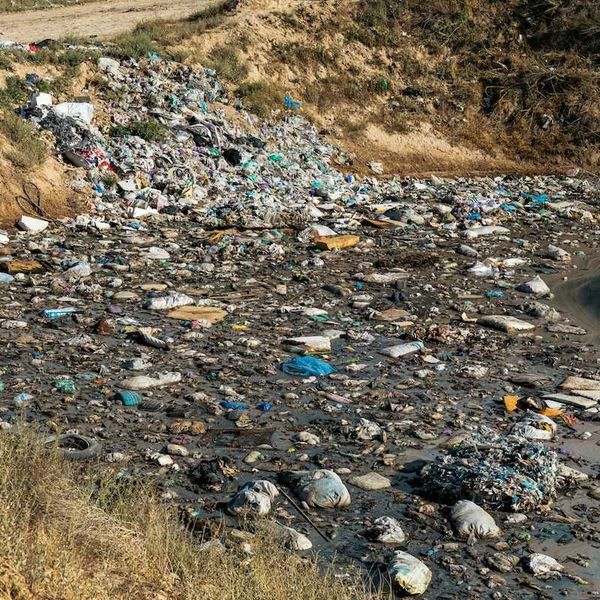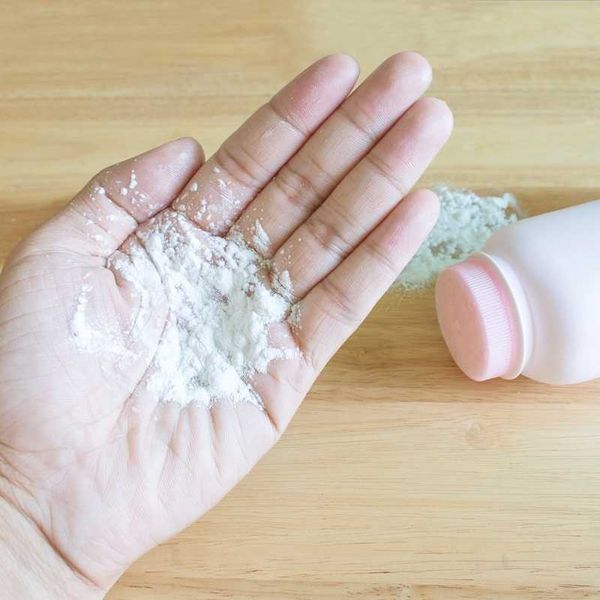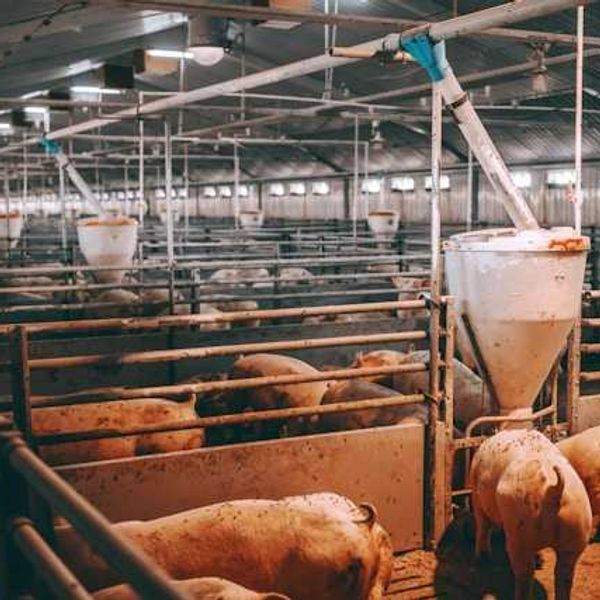The world has learned that the best remedy for a healthy indoor environment is a good exchange of clean air.
However, the U.S. Environmental Protection Agency, or EPA, recently registered Lysol Air Sanitizer, a product full of unknown ingredients and could lead to harmful health effects.
Lysol Air Sanitizer is 14% dipropylene glycol — commonly found in antifreeze, air fresheners, cosmetic products, solvents and plastics. There have not been enough long-term studies on the health effects when this chemical is inhaled, as it will be when sprayed in indoor environments’ air.
Secret ingredients make up 86% of the product, including fragrances. Because the EPA does not require companies to release what’s in fragrances, little is known about what chemicals are in this product.
What do we know about fragrances? Exposures can cause headache, eye, nose and throat irritation, nausea, forgetfulness, loss of coordination and other neurotoxic symptoms. Many fragrance ingredients are respiratory irritants and sensitizers, which can trigger asthma attacks and aggravate sinus conditions.
Earlier this year California passed a law that requires companies to report on the fragrance ingredients in their products. However, there is still no federal law requiring companies to disclose this type of information.
The requirements for using Lysol Air Sanitizer is problematic
The labeling states that when users spray Lysol Air Sanitizer into the air of a closed, unoccupied room, it can kill 99.9% of airborne viruses if all doors, windows, air vents and air returns are closed. The product should be sprayed for 30 seconds and the room should be left empty and closed for 12 minutes. The product instructions do note that there is “no residual effect after the room is reopened.” Unfortunately, people do not often read labels.
COVID-19 taught us that good ventilation and indoor air quality are important in reducing airborne exposure to viruses and other disease vectors, chemicals and odors. Ensuring proper ventilation with outside air can help reduce the concentration of airborne contaminants, including viruses, indoors. Proper ventilation also reduces surface contamination by removing some virus particles before they can fall out of the air and land on surfaces. Even the EPA recommends good ventilation to remove viruses and bacteria for good indoor air quality.
Humans do not need yet another chemical exposure to maintain their health. People need indoor environments free from harmful chemicals and that have good, clean ventilation. Bringing in clean air with good circulation is what is needed – not toxic chemicals sprayed into an inside environment.
Nancy Alderman is the president of Environment and Human Health, Inc. in North Haven, CT. Her views do not necessarily represent those of EHN, The Daily Climate, or publisher Environmental Health Sciences.

